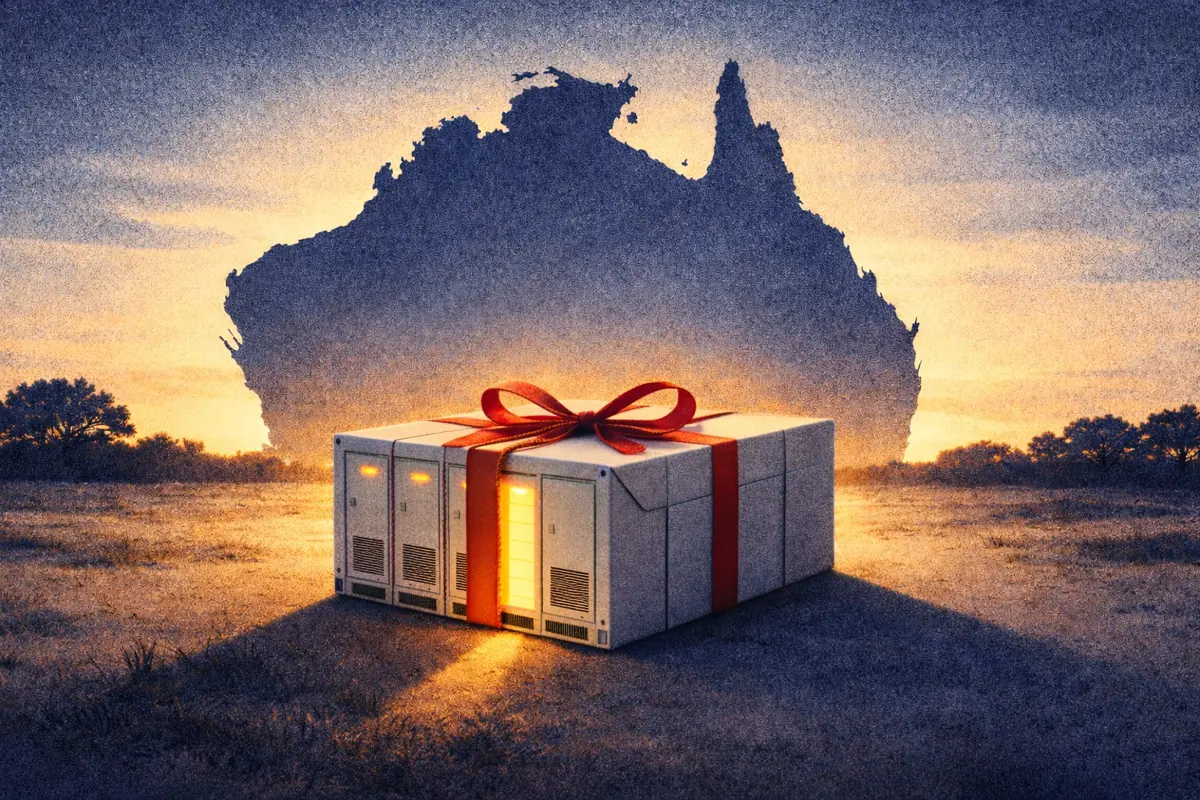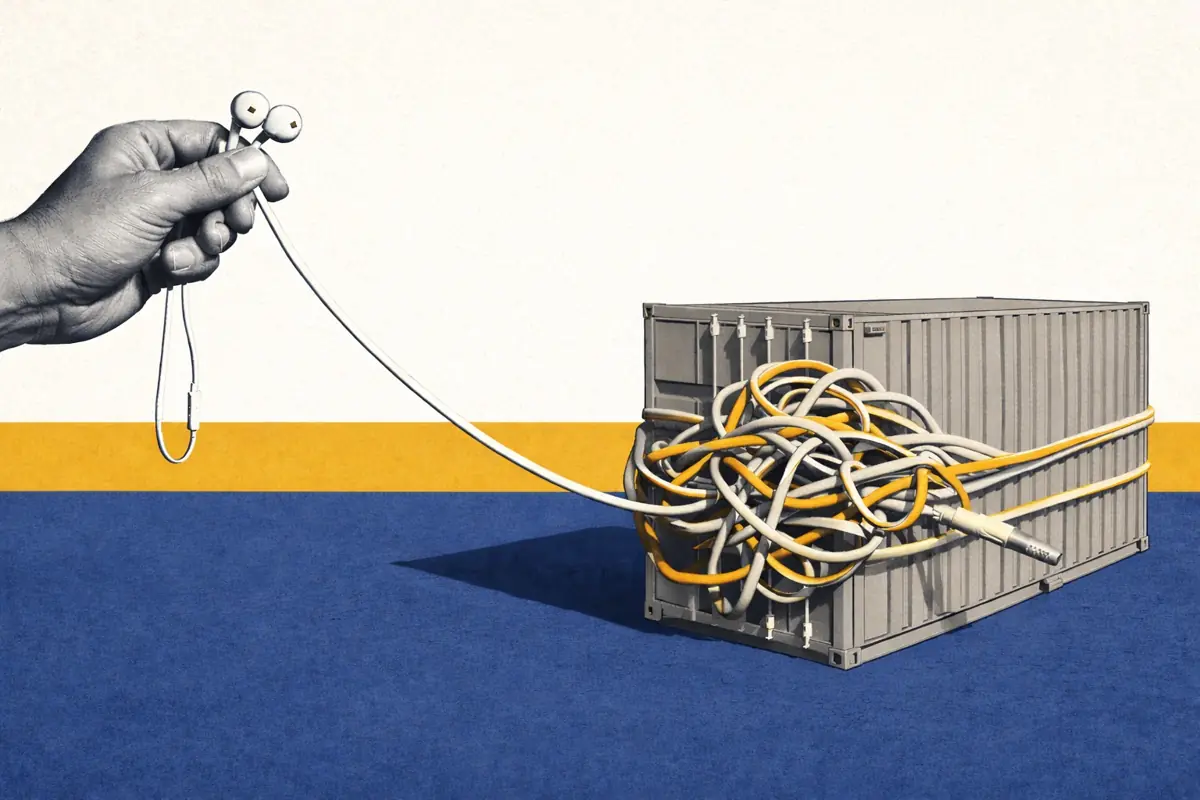Australia Battery Operations: Why did Torrens Island BESS miss out on revenues in February 2025?
Australia Battery Operations: Why did Torrens Island BESS miss out on revenues in February 2025?
In February 2025, battery energy storage systems in South Australia led earnings across the NEM from high energy trading revenues in several periods of extreme prices. However, differences in battery operations meant South Australian batteries earned different levels of revenue, even though they all had similar earning opportunities.
This article looks at how different bidding strategies led to significantly different revenue outcomes for batteries in South Australia, including the impact of FCAS obligations and portfolio-level optimisation.
Executive Summary
- South Australian batteries led NEM earnings in February 2025 due to multiple extreme price spikes, but their revenues varied widely.
- Adelaide Desalination Plant BESS earned the most, discharging at high capacity during all major spikes.
- Torrens Island BESS earned less than half of Adelaide’s earnings due to its role in AGL’s broader generation portfolio strategy.
- These differences were all down to different bidding strategies and optimisation within wider portfolios.
In this article, we refer to the Modo Energy NEM battery index, which represents the average revenues (inclusive of marginal loss factors) earned by batteries within the NEM across a period of time. The average is weighted and normalised by a battery’s rated power. All currency figures quoted are in Australian dollars (AUD).
The index and this article cover merchant revenues, defined as revenues from the NEM’s publicly traded wholesale energy and FCAS markets. Batteries may have other revenue sources, such as government contracts and power purchasing agreements.
South Australia BESS outperformed but revenues varied by up to $150k/MW/year
Torrens Island BESS earned an annualised $165k/MW/year in February 2025, above the NEM average. But this was just over half of the earnings of Adelaide Desalination Plant BESS, at $312k/MW/year. These differences were due to different battery bidding strategies, likely due to consideration of other generators in a larger portfolio.
Already a subscriber?
Log in







